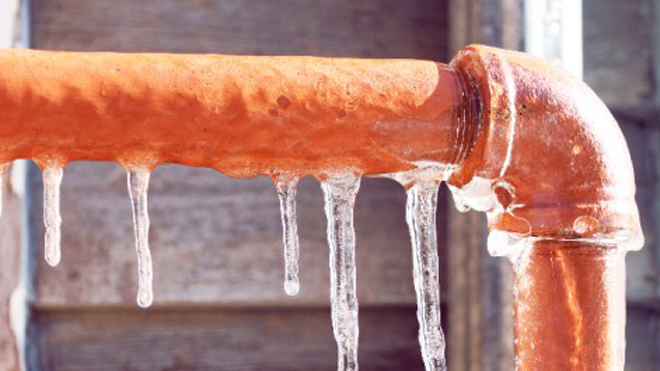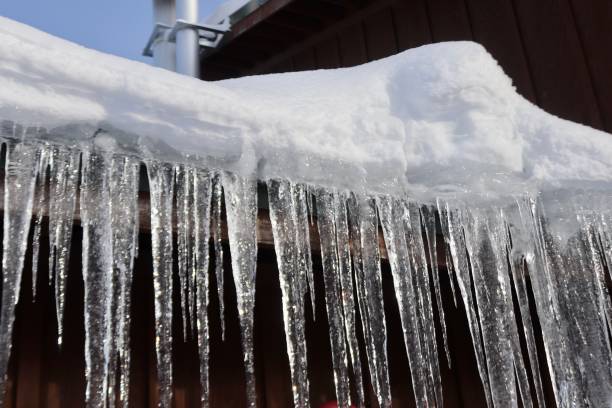Essential Tips to Prevent Frozen Plumbing in Cold Weather: Expert Guidance
Essential Tips to Prevent Frozen Plumbing in Cold Weather: Expert Guidance
Blog Article
The article further down about Helpful Tips to Prevent Frozen Pipes this Winter is quite stimulating. Read it for your own benefit and decide what you think about it.

Winter can ruin your pipes, specifically by freezing pipelines. Right here's exactly how to avoid it from happening and what to do if it does.
Introduction
As temperature levels decline, the danger of icy pipelines boosts, possibly bring about pricey repairs and water damage. Understanding how to prevent icy pipelines is critical for home owners in cool climates.
Understanding Icy Pipes
What causes pipelines to freeze?
Pipelines freeze when exposed to temperature levels below 32 ° F (0 ° C) for expanded periods. As water inside the pipes ices up, it expands, taxing the pipeline wall surfaces and potentially triggering them to burst.
Threats and damages
Icy pipelines can bring about water disruptions, building damage, and pricey fixings. Burst pipelines can flood homes and create considerable architectural damages.
Signs of Frozen Water Lines
Identifying frozen pipes early can stop them from bursting.
Just how to identify frozen pipelines
Search for reduced water circulation from faucets, unusual smells or sounds from pipes, and visible frost on subjected pipelines.
Avoidance Tips
Insulating prone pipelines
Cover pipelines in insulation sleeves or use heat tape to safeguard them from freezing temperature levels. Concentrate on pipelines in unheated or external locations of the home.
Home heating techniques
Keep indoor rooms sufficiently heated up, particularly areas with plumbing. Open closet doors to permit cozy air to circulate around pipelines under sinks.
Protecting Outside Pipes
Garden pipes and outdoor faucets
Separate and drain pipes garden hose pipes prior to winter season. Mount frost-proof faucets or cover exterior taps with insulated caps.
What to Do If Your Pipes Freeze
Immediate actions to take
If you believe icy pipes, maintain taps open to alleviate stress as the ice thaws. Utilize a hairdryer or towels soaked in warm water to thaw pipes gradually.
Long-Term Solutions
Architectural modifications
Think about rerouting pipes away from outside wall surfaces or unheated areas. Add added insulation to attic rooms, basements, and crawl spaces.
Upgrading insulation
Buy high-grade insulation for pipelines, attics, and wall surfaces. Appropriate insulation aids preserve constant temperatures and lowers the threat of frozen pipes.
Conclusion
Avoiding frozen pipes needs positive procedures and fast actions. By comprehending the reasons, indications, and preventive measures, property owners can safeguard their plumbing during winter.
5 Ways to Prevent Frozen Pipes
Drain Outdoor Faucets and Disconnect Hoses
First, close the shut-off valve that controls the flow of water in the pipe to your outdoor faucet. Then, head outside to disconnect and drain your hose and open the outdoor faucet to allow the water to completely drain out of the line. Turn off the faucet when done. Finally, head back to the shut-off valve and drain the remaining water inside the pipe into a bucket or container. Additionally, if you have a home irrigation system, you should consider hiring an expert to clear the system of water each year.
Insulate Pipes
One of the best and most cost-effective methods for preventing frozen water pipes is to wrap your pipes with insulation. This is especially important for areas in your home that aren’t exposed to heat, such as an attic. We suggest using foam sleeves, which can typically be found at your local hardware store.
Keep Heat Running at 65
Your pipes are located inside your walls, and the temperature there is much colder than the rest of the house. To prevent your pipes from freezing, The Insurance Information Institute suggests that you keep your home heated to at least 65 degrees, even when traveling. You may want to invest in smart devices that can keep an eye on the temperature in your home while you’re away.
Leave Water Dripping
Moving water — even a small trickle — can prevent ice from forming inside your pipes. When freezing temps are imminent, start a drip of water from all faucets that serve exposed pipes. Leaving a few faucets running will also help relieve pressure inside the pipes and help prevent a rupture if the water inside freezes.
Open Cupboard Doors
Warm your kitchen and bathroom pipes by opening cupboards and vanities. You should also leave your interior doors ajar to help warm air circulate evenly throughout your home.

As a serious reader on 6 Ways to Prevent Frozen Pipes, I figured sharing that excerpt was sensible. Liked our review? Please share it. Let somebody else find it. Thanks so much for going through it.
Set An Appointment Report this page